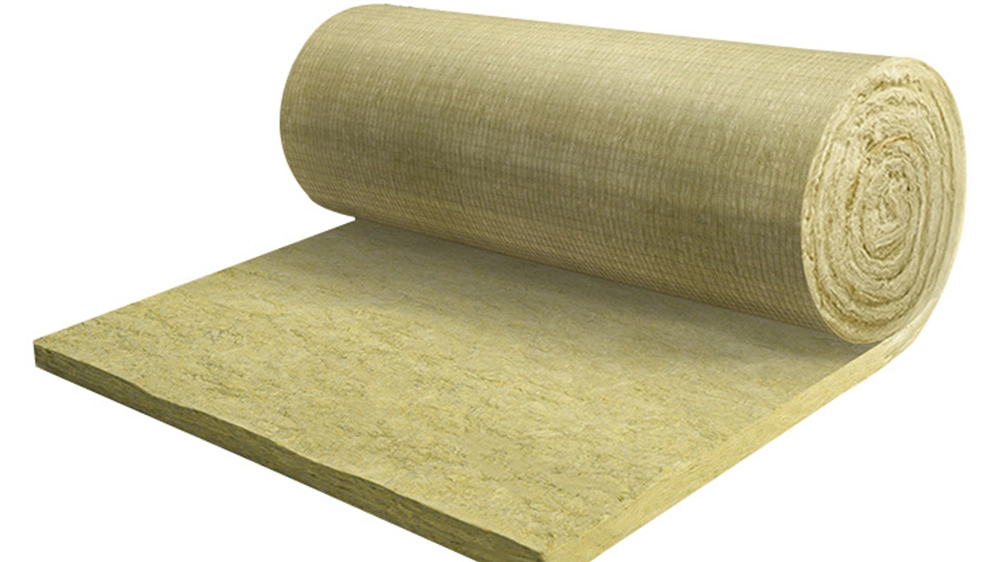What is the cheapest way to insulate internal walls? | FUNAS Guide
Learn how to insulate internal walls cheaply and effectively. This guide compares affordable options like reflective foil, insulation boards, and loose-fill, offering tips for minimizing costs and maximizing thermal performance. Find the best solution for your project with FUNAS.
- What is the Cheapest Way to Insulate Internal Walls?
- Understanding Your Insulation Needs
- Affordable Internal Wall Insulation Options
- 1. Reflective Foil Insulation:
- 2. Insulation Boards (e.g., Mineral Wool, Expanded Polystyrene):
- 3. Loose-Fill Insulation:
- 4. Recycled Materials:
- Optimizing Costs for Internal Wall Insulation
What is the Cheapest Way to Insulate Internal Walls?
Finding the most cost-effective way to insulate internal walls is a common challenge for construction professionals. This article explores budget-friendly insulation options, balancing cost with effectiveness to meet project needs and regulatory requirements.
Understanding Your Insulation Needs
Before diving into cost, consider the project's specific requirements. Factors influencing insulation choice include: the wall's construction (cavity wall, solid wall), existing structure, desired thermal performance (U-value), and budget limitations. A thorough assessment is crucial for choosing the cheapest *and* most effective insulation.
Affordable Internal Wall Insulation Options
Several options offer a balance between cost and performance for internal wall insulation:
1. Reflective Foil Insulation:
This is often the cheapest option. Reflective foil insulation uses a multi-layered foil barrier to reflect radiant heat. It's easy to install, lightweight, and suitable for cavity walls or existing structures. However, its R-value is relatively low compared to other options, meaning it’s less effective in colder climates.
2. Insulation Boards (e.g., Mineral Wool, Expanded Polystyrene):
Mineral wool and expanded polystyrene (EPS) boards are relatively inexpensive, particularly when purchased in bulk. These rigid boards offer improved thermal performance than foil alone, providing better insulation against heat loss. Installation requires more skill than foil insulation. Consider the environmental impact as EPS is a non-renewable material.
3. Loose-Fill Insulation:
Loose-fill materials such as cellulose or mineral wool can be blown into existing wall cavities. This method is suitable for older buildings with hard-to-access cavities, potentially saving demolition and rebuilding costs. However, the labor costs can be higher depending on access.
4. Recycled Materials:
Explore eco-friendly and cost-effective options like recycled denim or newspaper insulation. These materials offer decent insulation properties while promoting sustainability. However, their availability and performance might vary.
Optimizing Costs for Internal Wall Insulation
To minimize costs:
* Buy in bulk: Purchasing insulation materials in bulk usually results in significant savings.
* Choose the right thickness: Thicker insulation provides better performance but increases costs. Balance performance and budget based on climate and building codes.
* DIY vs. Professional Installation: Consider the time and skill required for DIY installation. While professional installation ensures quality, it adds to the overall cost.
* Government Incentives: Investigate potential government grants or tax credits available for energy-efficient renovations.
By carefully considering these factors, you can find the cheapest way to effectively insulate internal walls while meeting building regulations and client expectations.
What are the disadvantages of polyurethane foam? | FUNAS Guide
Is 2 inches of closed-cell foam enough? | FUNAS Guide
How long does polyurethane foam insulation last? | FUNAS Guide
What are the different types of HVAC insulation? | FUNAS Guide

Global Rock Wool Board Suppliers Guide
FAQ
Can your insulation products be customized?
Yes, we offer customized solutions for insulation material wholesale to meet the specifications of your project, including custom specifications, sizes, foils and adhesives, colors, etc.
What types of rubber foam insulation do you offer?
We offer a wide range of rubber foam insulation with different thicknesses and specifications. Thermal insulation material manufacturer FUNAS sleeves and sheets are suitable for different application scenarios.
How do I choose the right insulation for my project?
Our team can help you choose the best material for heat insulation based on your specific needs, such as thermal resistance, acoustic properties, and environmental conditions.
service
Are your rubber foam products environmentally friendly?
Yes, our insulation products are designed with sustainability in mind. They help reduce energy consumption by minimizing heat loss and gain, and they are made from durable materials that have a long life cycle, reducing the need for frequent replacement.
Can I request custom dimensions or properties for my insulation needs?
Yes, we specialize in custom solutions. Whether you need specific dimensions, thicknesses, densities, or additional coatings, we can work with you to manufacture insulation products tailored to your exact requirements of good materials for heat insulation.
You might also like



This product has passed the national GB33372-2020 standard and GB18583-2008 standard. (The product is a yellow liquid.)
Anggu foam phenolic glue is a kind of glue with corrosion resistance, low odor, high strength and excellent brushing property. Can be sprayed for construction with fast surface drying speed, long bonding time, no chalking and convenient operation.

This product has passed the EU REACH non-toxic standard, ROHS non-toxic standard. (The product is black glue.)
Anggu 820glue is a low-odor, high-strength quick-drying glue; Fast drying speed, long bonding time, no powder, non-toxic.
Discover effective strategies for insulating new construction with our comprehensive guide by FUNAS. Learn key techniques and materials to enhance energy efficiency, reduce costs, and ensure comfort in your new building. Dive into expert insights on how to insulate new construction and make informed decisions that promote sustainability and durability. Elevate your construction projects with FUNAS.
Leave a message
Have any questions or concerns about our products? Please leave us a message here and our team will get back to you promptly.
Your queries, ideas, and collaboration opportunities are just a click away. Let’s start a conversation.


















































